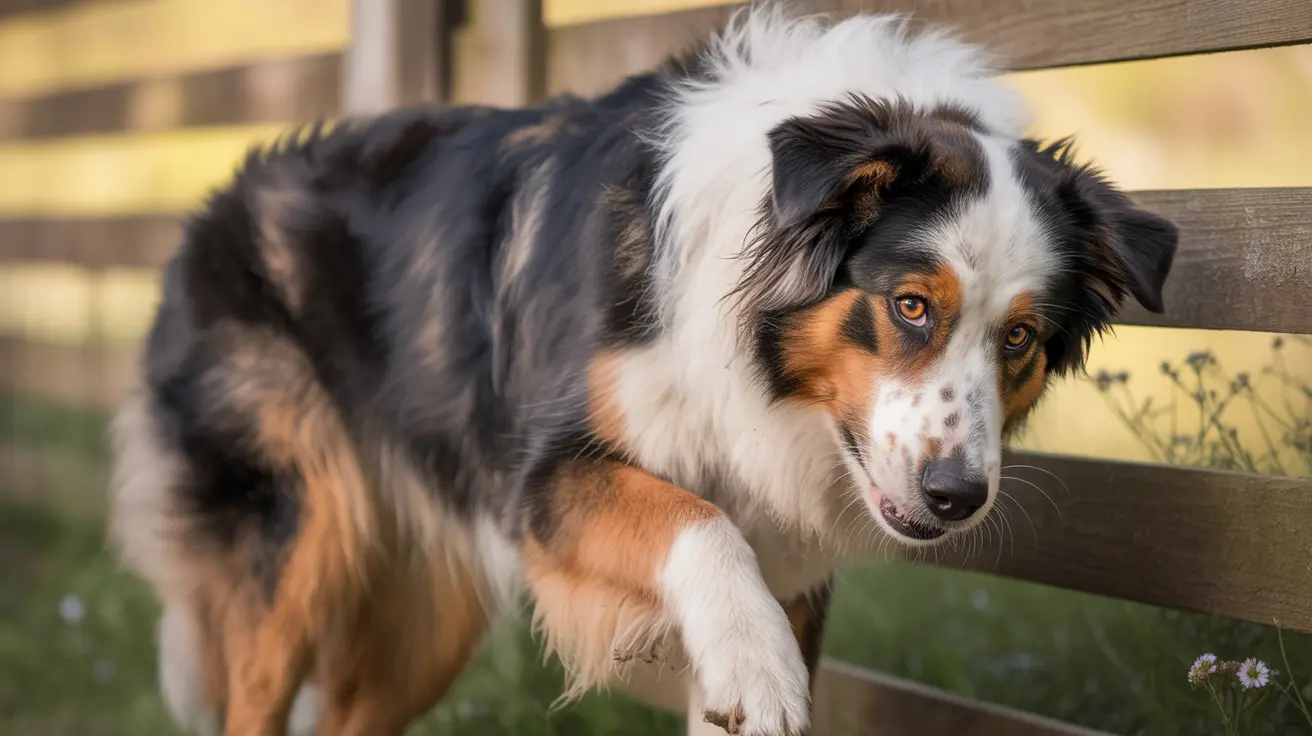The Best Way to Clean Your Dog's Teeth: A Complete Guide
Caring for your dog’s dental health is a crucial part of their overall well-being. Just like humans, dogs require routine oral hygiene to prevent a multitude of issues, ranging from plaque buildup to more serious conditions like kidney, liver, or heart disease. According to veterinary experts, approximately 80%–90% of dogs over the age of three experience some form of dental disease.
Why Brushing Matters
Daily brushing helps eliminate food particles and bacteria that can lead to plaque. Plaque solidifies into tartar within 24 hours, making regular brushing the most effective method for preventing dental problems.
What You Need
- Dog-safe toothpaste: Specially formulated and flavored for dogs to encourage acceptance. Never use human toothpaste, as it may contain toxic ingredients like xylitol or fluoride.
- Pet-specific toothbrush: Choose one with soft bristles and a small, round head, or use a soft human toothbrush as an alternative.
- Optional accessories: Dental wipes, dental chews approved by the VOHC, and water additives for supplemental care.
How to Brush Your Dog’s Teeth
- Pick the right time: Choose a quiet environment where your dog feels calm.
- Introduce the tools: Let your dog lick and smell the toothbrush and toothpaste to build familiarity.
- Start gently: Use your finger or a soft cloth to rub your dog’s outer teeth and gum line, where most tartar accumulates.
- Transition to a toothbrush: Once your dog is comfortable, use the toothbrush with a small amount of paste.
- Focus on the outer surfaces: Dogs’ tongues naturally clean the inside surfaces.
- Keep sessions short and positive: Brush for about 30 seconds per side, showering your pet with praise and rewards.
Helpful Tips for Success
- Start young: Introduce tooth brushing early to build habits.
- For older or nervous dogs: Gradually ease them into the routine by rewarding small steps.
- Observe hygiene: Use a separate toothbrush for each dog and replace every three months.
- Avoid harmful substances: Never use baking soda or other abrasive materials unsuitable for dogs.
- Consider professional cleanings: Visit your vet at least once a year for professional dental care.
Warning Signs to Watch For
- Red or bleeding gums
- Excessive drooling
- Reluctance to chew or eat
- Chipped or broken teeth
- Persistent bad breath
If you observe any of these symptoms, consult your veterinarian immediately. Dental care is not just about fresh breath—it directly impacts your dog’s systemic health. Establishing a consistent dental hygiene routine can significantly enhance your dog’s quality—and length—of life.





